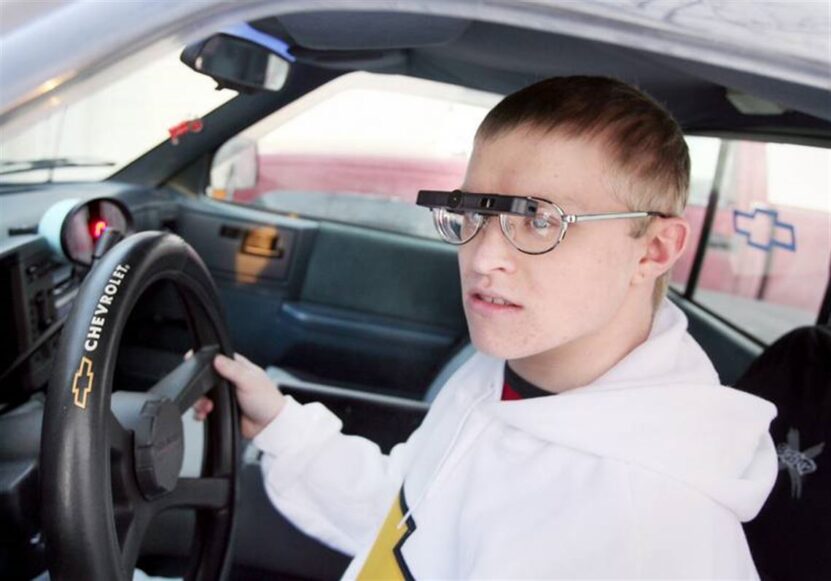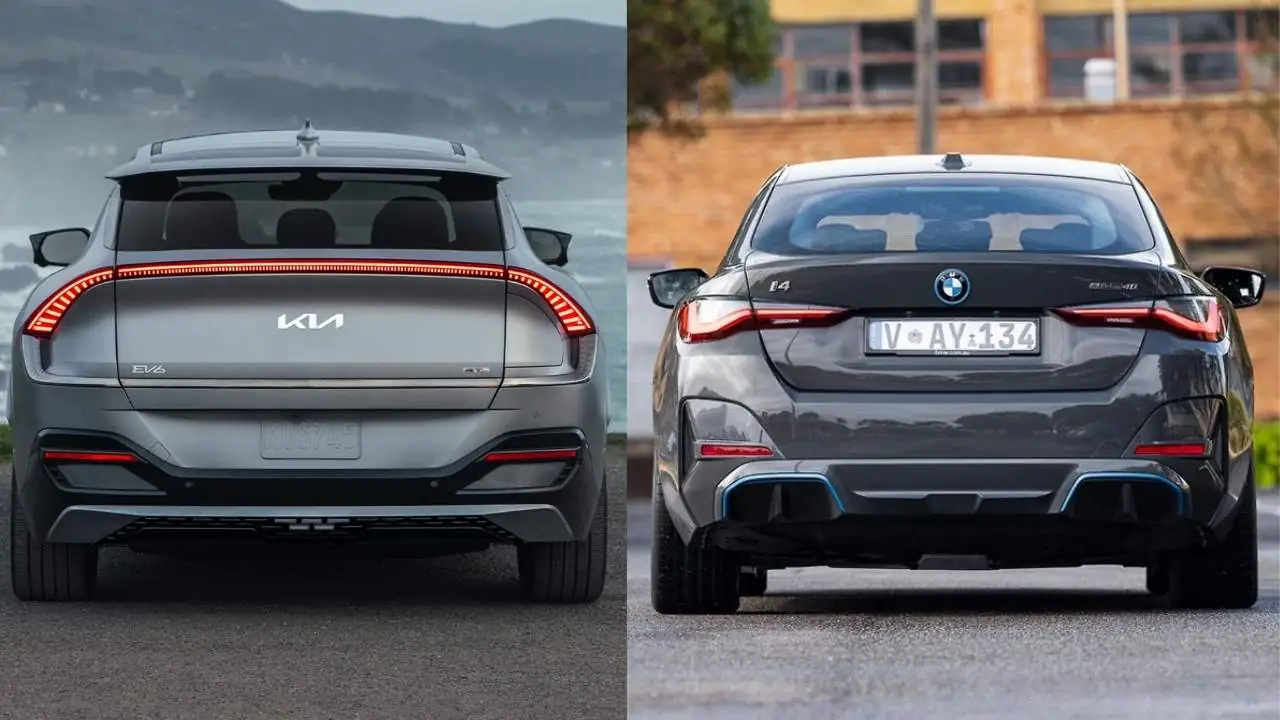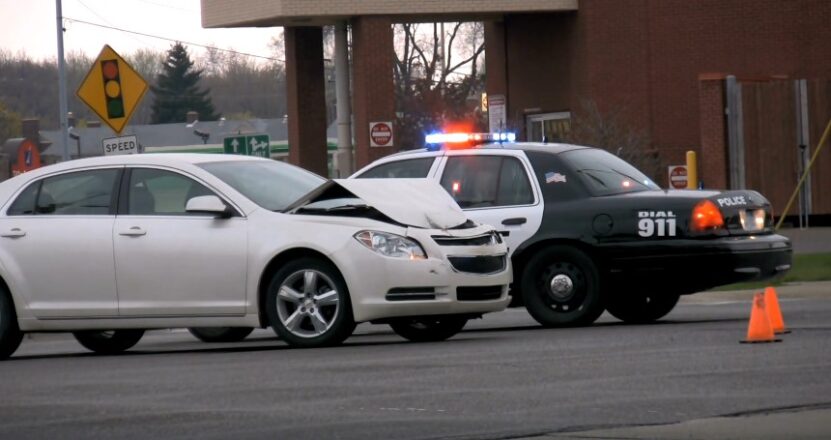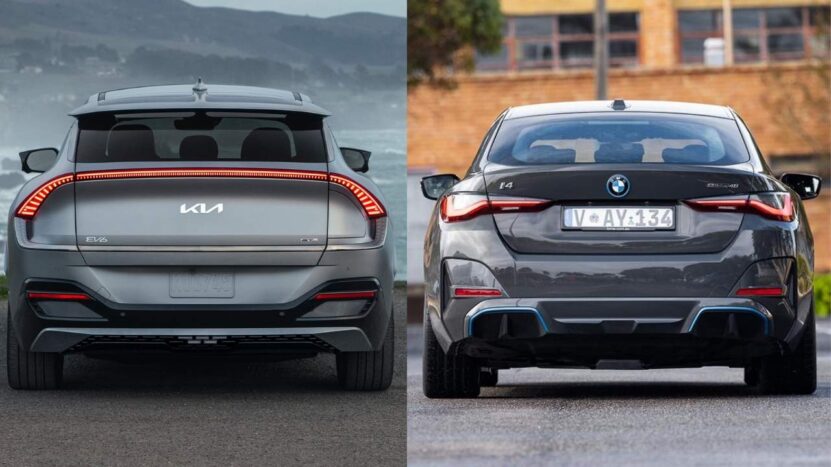
Share Post:
Driving offers freedom and independence, but for visually impaired individuals, it has long been considered impossible.
Advances in technology and changes in legal regulations are beginning to challenge that notion. Gaining access to transportation can significantly enhance autonomy and quality of life for people with visual impairments.
Adaptive driving solutions, self-driving cars, and specialized legal provisions now provide once unimaginable opportunities.
Table of Contents
ToggleCurrent Legal Framework
Driving with visual impairments presents a complicated legal and logistical challenge.
Vision standards have long played a key role in licensing requirements. Still, recent advancements in adaptive technology and changing legal frameworks are beginning to expand driving opportunities for visually impaired individuals.
Regulatory flexibility, visionary aids, and specialized permits are creating new possibilities while maintaining public safety standards.
Legally Blind and Visual Impairment
Legally blind is defined based on central visual acuity and visual field limitations. Vision requirements for driving vary by state, but general guidelines help classify different levels of visual impairment.
- Legally Blind – Defined as having a central visual acuity of 20/200 or worse in the better eye with corrective lenses or a visual field of 20 degrees or less.
- Moderate Visual Impairment – Central visual acuity between 20/70 and 20/160.
- Severe Visual Impairment – Central visual acuity between 20/200 and 20/400.
- Profound Visual Impairment – Central visual acuity worse than 20/400.
Most states require a minimum corrected vision of 20/40 to qualify for a standard driver’s license.
Exceptions apply in certain cases:
- Some states allow individuals with 20/70 vision to receive restricted licenses.
- Bioptic telescopic lenses and other visual aids can help individuals meet licensing requirements despite impaired vision.
- Periodic medical evaluations may be required to maintain eligibility for a restricted license.
Legal Provisions for Blind and Visually Impaired Drivers
Restricted licenses have created a path for individuals with moderate to severe visual impairments to drive under controlled conditions.
Common conditions attached to restricted licenses include:
- Daylight-only driving
- Requirement to use bioptic telescopic lenses or other visual aids
- Regular medical reports to monitor vision status
- Geographical restrictions to certain road types or areas
Bioptic telescopic lenses have played a major role in expanding access to driving.
Key benefits of bioptic telescopic lenses:
- Enhanced ability to read road signs and navigate traffic
- Improved depth perception and spatial awareness
- Increased ability to detect and respond to road hazards
Challenges and Limitations
Legal and technological inconsistencies present barriers for visually impaired drivers. Regulations on vision requirements, restricted licenses, and adaptive technologies differ widely across states and countries.
Key challenges include:
- Lack of consistent regulations – some states permit bioptic lenses, while others prohibit them.
- Dependence on adaptive technology – some visual aids remain unapproved or unavailable in certain regions.
- Safety concerns – ensuring that drivers with visual impairments meet the same safety standards as other drivers remains a significant regulatory hurdle.
Technological advancements offer potential solutions, but creating uniform legal standards and increasing acceptance of adaptive licenses will be necessary to fully integrate visually impaired drivers into the road system.
Transportation Alternatives for Blind Individuals
Transportation remains one of the biggest challenges for visually impaired individuals. Maintaining independence and mobility requires reliable access to transportation, but legal and physical limitations often restrict driving options.
Hiring professional drivers and using public or volunteer transportation programs have emerged as key solutions.
Advances in technology and community support have made it easier for visually impaired individuals to access safe and consistent transportation.
Hiring Drivers (Based on APH Connect Center)
Hiring a professional driver offers a consistent and flexible transportation solution. For visually impaired individuals, finding a driver who is trustworthy and reliable can be difficult due to limited availability and inconsistent service quality.
Thorough planning and clear communication help establish a professional and productive working relationship.
Key considerations when hiring a driver:
| Factor | Description |
|---|---|
| Background checks | Verifying a driver’s history ensures they have a clean driving record and no criminal background. |
| Payment terms and job responsibilities | Clearly defining the driver’s tasks and establishing payment terms helps avoid misunderstandings. |
| Scheduling and availability | Drivers should have consistent availability to avoid disruptions. |
| Backup drivers | Keeping a list of backup drivers ensures consistent transportation in case the primary driver becomes unavailable. |
| Performance reviews | Regular reviews allow adjustments to be made if the driver is not meeting expectations. |
| Contractual agreement | A signed contract outlining responsibilities, payment terms, and expectations protects both the driver and the client. |
| Communication preferences | Establishing how to communicate (calls, texts, or in-person) ensures smooth coordination and prompt responses. |
Challenges in hiring professional drivers include cost, scheduling conflicts, and limited availability.
Competitive pay and flexible scheduling improve the chances of securing a reliable driver. Keeping an open line of communication and building mutual trust helps maintain a long-term working relationship.
Public and Volunteer Transportation Options
Public and volunteer transportation programs offer an affordable and flexible alternative for visually impaired individuals.
Rideshare services, community-based programs, and specialized networks have expanded access to reliable transportation.
| Transportation Option | Description |
|---|---|
| Rideshare services | Uber and Lyft provide accessible apps for easy ride scheduling. |
| Independent Transportation Network (ITN) | ITN programs offer door-to-door transportation with trained drivers at discounted rates. |
| Community-based volunteer programs | Local nonprofits provide rides to medical appointments and social events. |
Public and volunteer transportation programs face certain limitations, such as availability in rural areas and inconsistent service hours.
Combining professional drivers with rideshare services or volunteer programs increases overall coverage and ensures reliable access to transportation.
Adaptive Driving Technologies
Technological advancements have opened new possibilities for visually impaired individuals to operate vehicles safely and independently.
Adaptive driving technologies aim to compensate for vision loss by:
- Enhancing situational awareness
- Improving reaction times
- Simplifying navigation
Innovations such as bioptic telescopic lenses, driving assistance systems, and self-driving cars are helping visually impaired drivers overcome traditional barriers to driving.
Bioptic Telescopic Lenses and Augmented Reality
Bioptic telescopic lenses have emerged as a game-changer for visually impaired drivers. Worn like regular glasses, these lenses feature small telescopes mounted on the lenses, allowing drivers to magnify objects and switch between magnified and normal views.
How bioptic telescopic lenses work:
- Small telescopes are mounted on regular eyeglass lenses.
- Drivers tilt their heads to look through the telescope when magnification is needed.
- Switching between magnified and normal vision improves overall awareness and reaction time.
Legal acceptance of bioptic lenses varies by state. Some states permit their use for restricted licenses, while others prohibit them entirely. Research has shown that properly trained drivers using bioptic lenses can meet or exceed state driving safety standards.
Augmented reality (AR) technology is further expanding the capabilities of visually impaired drivers. AR systems project real-time data onto the windshield, providing guidance and highlighting road signs, obstacles, and navigation cues.
Benefits of augmented reality:
- Highlighted road signs and obstacles improve reaction time.
- Real-time navigation guidance reduces confusion and uncertainty.
- Enhanced object detection helps drivers anticipate road changes and hazards.
AR combined with bioptic lenses creates a powerful system that helps drivers with limited vision maintain better control and situational awareness.
Driving Assistance Technologies
Advanced driving assistance systems (ADAS) provide an additional layer of safety and support for visually impaired drivers.
Modern vehicles are equipped with sensors, cameras, and artificial intelligence that detect road hazards, monitor vehicle position, and issue real-time warnings.
Key driving assistance features include:
- Lane departure warning – Alerts the driver when the vehicle starts to drift out of the lane.
- Blind-spot monitoring – Detects objects or vehicles in the driver’s blind spot and issues an alert.
- Automatic emergency braking – Applies the brakes automatically when a potential collision is detected.
- Adaptive cruise control – Maintains a safe distance from other vehicles by adjusting speed automatically.
- Collision avoidance systems – Issues warnings and automatically adjusts steering or braking to prevent accidents.
Enhanced GPS systems with audio feedback provide turn-by-turn navigation, allowing drivers to focus on the road without relying on visual cues.
Voice-controlled systems enable visually impaired drivers to adjust navigation, vehicle settings, and entertainment options without needing to look at a screen.
Haptic feedback through the steering wheel or seat can also provide additional warnings and cues.
Driving assistance technologies are becoming standard in many modern vehicles, offering increased independence and safety for visually impaired drivers.
Self-Driving Cars and Autonomous Technology
Self-driving cars represent the most promising innovation for visually impaired drivers.
Autonomous vehicles rely on a network of sensors, cameras, LiDAR, radar, and artificial intelligence to navigate roads and handle complex traffic conditions without human input.
How self-driving cars operate:
- Sensors detect road signs, lane markings, and nearby objects.
- Artificial intelligence processes real-time data to make driving decisions.
- Adaptive steering, braking, and acceleration allow the vehicle to respond instantly to environmental changes.
- Machine learning enables the vehicle to improve its performance over time.
Adaptive interfaces are making self-driving cars more accessible to visually impaired drivers. Sound-based navigation, voice-activated controls, and haptic feedback systems allow drivers to monitor vehicle performance and provide input when necessary.
Current challenges and limitations:
- Regulatory approval remains a major hurdle, with some states allowing limited use of self-driving vehicles under strict testing protocols.
- Legal questions regarding liability in accidents involving autonomous vehicles remain unresolved.
- Infrastructure improvements, such as dedicated self-driving lanes and smart road systems, are needed to support the widespread use of autonomous cars.
Once these challenges are addressed, autonomous vehicles could provide visually impaired individuals with a level of driving independence never before possible.
Combining self-driving capabilities with adaptive interfaces will ensure that visually impaired drivers can enjoy a fully independent driving experience.
The Bottom Line
Advancements in adaptive driving technology and progressive legal adaptations are making independent driving a reality for blind individuals.
Continued development in bioptic lenses, augmented reality, and autonomous vehicles holds promise for increased mobility and independence.
Empowering visually impaired individuals to drive safely and legally reflects a growing commitment to accessibility and technological inclusion.
Related Posts:











